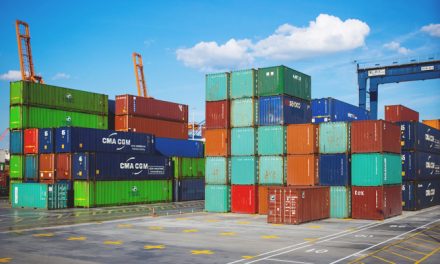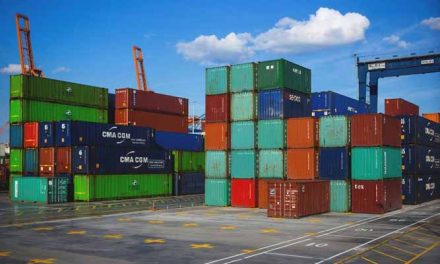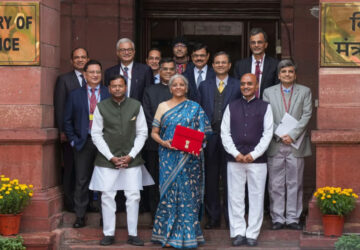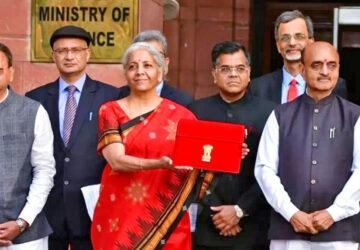
Indian apparel manufacturers have welcomed the hike in customs duties for several apparel products announced by the Govt. of India. The move came after the recommendation from the Textile Ministry, which will bring some relief to the domestic apparel industry and further encourage domestic manufacturing. There has been nearly 100 per cent increase in import of apparel products to India during the last five years and the rate of increase has only been accelerating in recent months.
Nearly 70 per cent of apparel imported into the country comes from Bangladesh and China. Bangladesh has been provided Zero-duty Access by India for all apparel products and, therefore, the increase in customs duties will have no impact on their supplies. China is known for supplying cheap garments and in the case of cheap garments, it is the specific duties that will actually apply and not the ad valorem duties. Thus, for the two largest suppliers of apparel to India, the increase in Ad Valorem Rates of Customs Duties may not have much impact.
On the other hand, our garment export growth is stagnant as our fabric basket is mainly restricted to cotton fabrics. Indian polyester fabrics are of not good quality and are expensive. By taking this step, the government is trying to protect Indian polyester fabric makers but also restricting the growth of apparel export in this category.
The industry has urged the Centre to push for negotiations with China to provide duty-free access to Indian cotton textiles. Between 2010 and 2014, India was a net exporter of textile and apparel products to China. However, since then, India’s trade deficit with China has been on a rise. Indian products attract duty of 3.5 per cent on yarn, 10 per cent on fabric and 14 per cent on made-ups in China, while Vietnam, Cambodia, Pakistan and Indonesia enjoy duty-free access to the Chinese market.
China buys cotton fibre from India but prefers other countries for value added products, such as yarn and fabric. FTAs and bilateral agreements will help exports. Refunds of embedded taxes to exporters and trade agreements wherever possible are the two policy changes that are needed to boost exports.



















